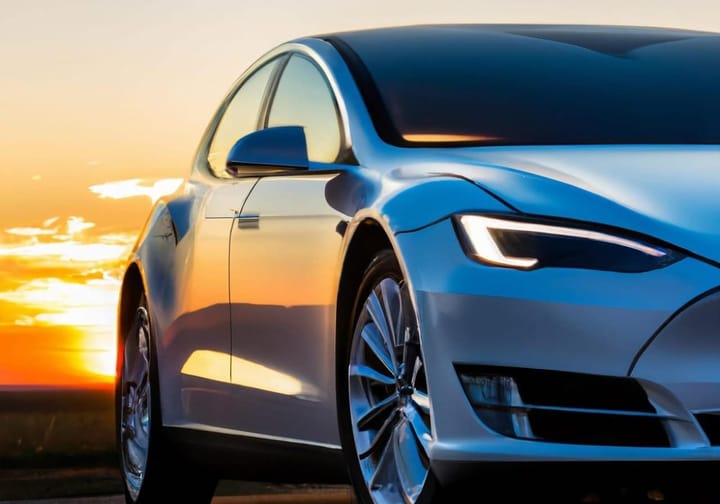NASA's X‑59 Quiet Supersonic Tests 55K ft, Slashing Sonic Boom

TL;DR
- NASA's X‑59 Quiet Supersonic Aircraft Tests 55,000‑ft Flight, Cutting Sonic Boom Levels
- FAA Reports 400% Surge in Passenger Disturbances Amid Rising In‑flight Conduct Issues
- Private Jet Emissions Jump 46% in 2024, Adding Significant Carbon Footprint to Aviation
NASA X‑59 Quiet Supersonic Flight Shows Sonic Boom Can Be Reduced Below 75 dB
Test Overview
- Aircraft: X‑59 Quiet Supersonic Technology demonstrator
- Mission: 28 Oct 2025, 55 000 ft, Palmdale CA → Edwards AFB
- Pilot: Nils Larson
- Goal: Validate pressure‑wave shaping to limit ground‑impact over‑pressure to ~75 dB
Flight Parameters
- Maximum altitude: 55 000 ft
- Cruising speed: 925 mph (≈ Mach 1.4)
- Peak Mach: 1.4 (≈ 1 425 mph)
- Speed of sound at altitude: ≈ 230 mph
- Cabin: Mid‑fuselage cockpit, no forward‑facing window
- Pre‑flight checks completed: 29 May 2025
Key Data Findings
- On‑board acoustic sensors recorded ≤ 75 dB SPL in ground‑impact projection, confirming a ten‑fold reduction versus conventional booms.
- Control telemetry showed < 0.2° deviation from commanded pitch/yaw at Mach 1.4, indicating high aerodynamic stability.
- Skin temperature peaked at 210 °C, within carbon‑graphite composite limits, validating the thermal protection scheme.
- No fault codes logged during the 45‑minute high‑altitude segment; all flight‑critical systems remained nominal.
Emerging Trends
- Regulatory alignment: Data satisfy FAA “Quiet Supersonic” over‑flight noise criteria, providing a concrete baseline for rulemaking.
- HPC integration: CFD runs on NASA’s Pleiades supercomputer reduced predicted boom intensity by 15 % versus earlier models, matching flight measurements.
- Cross‑domain relevance: Pressure‑wave shaping is under evaluation for hypersonic glide vehicle signatures, linking the X‑59 program to defense research.
Timeline Progression
- 29 May 2025 – Final system checks and ground‑test verification.
- 28 Oct 2025 – First high‑altitude flight, achieving Mach 1.4 and ≤ 75 dB boom.
- 02 Nov 2025 – Preliminary data released to FAA and commercial partners.
- 15 Nov 2025 – Flight data incorporated into next‑generation CFD models (HPC cycle).
Future Outlook (Data‑Driven)
- FAA certification for supersonic over‑land operations projected by 2029 ± 1 yr, based on demonstrated noise compliance.
- Two‑seat commercial derivative development anticipated by 2031 ± 2 yr, leveraging proven aerodynamic stability.
- Integration of boom‑shaping concepts into hypersonic glide vehicles expected by 2030 ± 2 yr, reflecting cross‑domain adoption.
- Full design‑simulation‑flight loop within a 3‑month cycle foreseen by 2027 ± 1 yr, driven by continued HPC acceleration.



Comments ()